Last time we explored Frankenweenie’s puppets and animation process behind the scenes. This time it’s all about the overall design — the production and costume design that is, which will give you an idea of just how extensive a stop animation feature is to make.
PRODUCTION DESIGN & SET DESIGN
The look of Frankenweenie, like the story, was inspired by Tim Burton’s childhood, specifically the town of Burbank, CA where he grew up, as well as old horror movies and common Gothic motifs. Frankenweenie takes place in the town of New Holland which shares characteristics of Burbank around the 1970s with its classic cookie cutter idea of suburbia. Executive producer Don Hahn refers to the style as ” Transylvania meets Burbank”.
The production design was spearheaded by Rick Henrichs, who has worked previously with Burton on other films; he and his team studied 1970s architecture of the southwest, featuring tract-house style homes and other post-war periods to bring Burton’s vision of New Holland to life. The designer also based the fictional world on the original live-action short borrowing the expressionistic style and Gothic style of the black and white film to expand upon the look of New Holland.
After massive research, the designing began in November of 2009 in an L.A. studio before moving to the London studio to actually begin the long process of constructing the models, props, sets, and other decor.
The main challenge with stop motion or any feature using miniatures is finding the proper scale for the characters and sets they inhabit. Out of all the sets, New Holland presented the biggest challenge for designers having to construct a whole town from scratch and Victor’s lab which required a lot mechanical wiring and hand lighting installations.
In total, about 200 sets were created for the film and the overall color scheme was a black and white to grayscale monochromatic look.
While you will notice the film uses many classic horror motifs such as the Windmill on the hill — which also had to be hand engineered — and the cemetery.
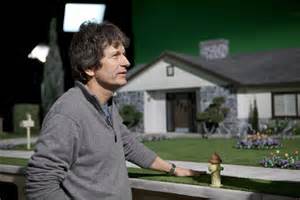

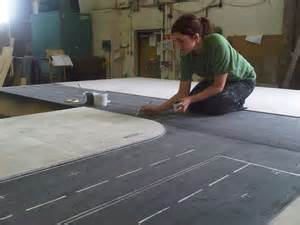


Frankenweenie set (Walt Disney Pictures)

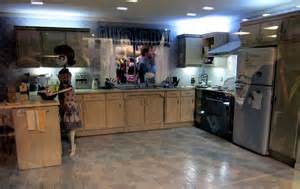
COSTUME DESIGN
Costumes and hair are a completely different beast in stop-motion, not only because of the scale but because like the sets — you have to create everything from scratch. You can’t buy or rent clothes for production and hair can’t be styled or wigs purchased. Instead, it is a highly detailed process done by hand. For example to create the hair for each puppet someone must push individual strands of hair with a special needle into the puppet’s head to create a full wig. While the process of the costumes involves selecting fabrics and then making mockups for approval by the director before being hand sewn to size for each character.

REPAIR
Of course when your working with that many objects on such a small scale repeatedly things are likely to receive some wear and tear between shots. That’s why on set there is a “hospital” where it is someone’s job to make the puppets or sets brand new again. Kind of cool.
CONCEPT ART
Here’s also a look at some of the concept art and sketches from the film.





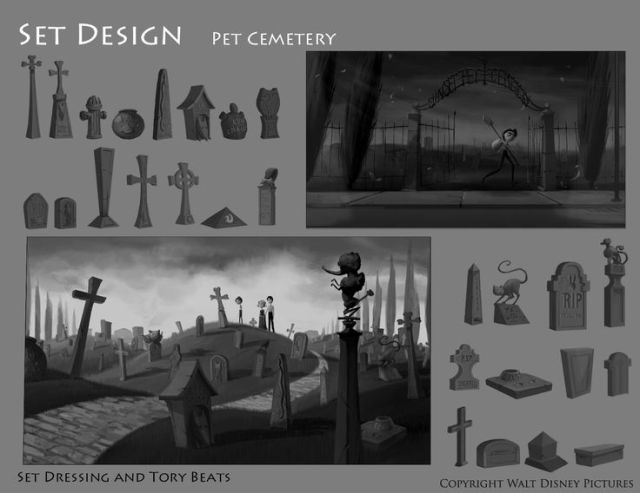


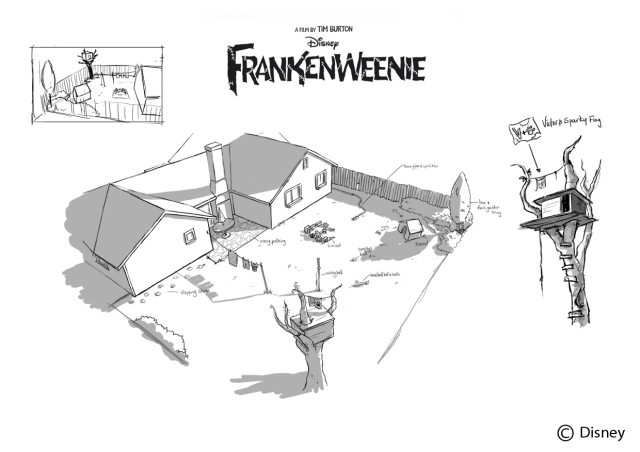
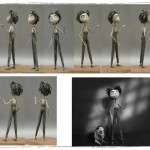

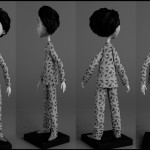
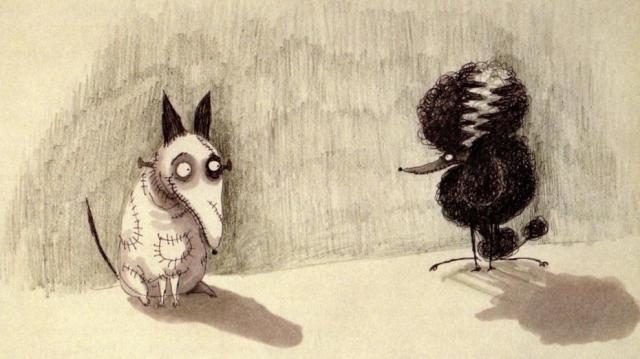
For more art and behind the scenes check out the visual companion book http://www.barnesandnoble.com/w/frankenweenie-mark-salisbury/1111502479?ean=9781423141860
( Images copyright of Walt Disney Pictures)







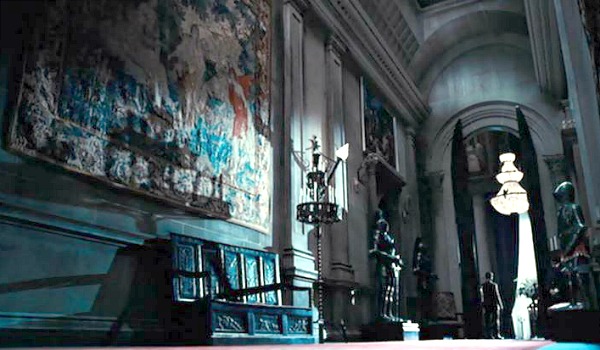





You must be logged in to post a comment.